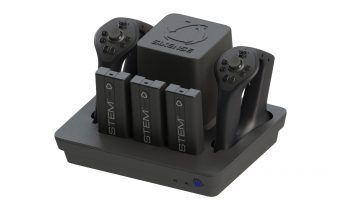
Sixense, the company behind the much-belated positionally tracked STEM controller system, just released an update stating the company is “getting close to be able to start production,” which should follow an estimated 4-week retooling and finalization of production samples.
As the result of a successful Kickstarter campaign launched back in late 2013, STEM was poised to beat many manufacturers to the punch by offering the first consumer room-scale controller and positional tracking systems using a magnetic tracking technology. After more than 4 years of waiting, Sixense CEO Amir Rubin says that next week the company should receive updated 3D printed samples following a recent design update.
“Assuming that the fix works, the tool change and samples, should not take more than four weeks,” Rubin says. “We are getting close to be able to start production, so please stay with us through this final phase.”
The company’s penultimate update detailed the outstanding design issue – a critical misalignment and part warping problem that prevented STEM from entering production phase. Taking the words out of many backer’s mouths, Sixense called the effort “a long and complicated process.”
Here’s the full update below:
Update – March 2018 Posted by Sixense (Creator)
We have received an update from our manufacturer in regards to the remaining issue concerning the STEM plastics.
The fix that is proposed, and that we will be implementing, incorporates two modifications. The first mod, shown in the images below, is the addition of a screw boss near the thumb area where we were experiencing some inconsistency in the reveal gap.
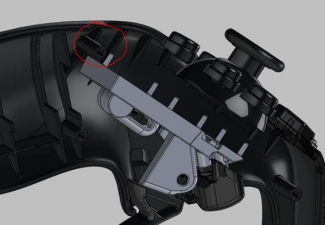
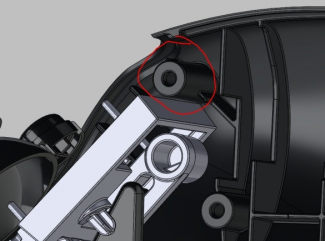
The second modification includes additional alignment/interlock features around the perimeter of the two halves that will help stabilize the reveal all the way around the assembly.
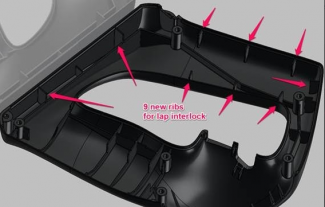
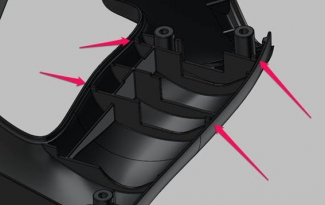
We should be receiving 3D printed samples of the updated geometry next week, before we initiate the tool change to do an assembly level check fit to ensure the design update. Assuming that the fix works, the tool change and samples, should not take more than four weeks. We are getting close to be able to start production, so please stay with us through this final phase.
Also, we are exhibiting our latest VR products at GDC again this year. If you plan on attending, we welcome you to come visit us in Booth #1201 in the South Hall of Moscone Center.
Thanks, Amir
Sixense originally posted their first delay back in April 2014, citing the need for unspecified “hardware improvements.” Similar delays thereafter lead up to one of the greatest setbacks to the project in late March 2015: failure to pass FCC/CE testing, something that was chalked up to difficulties surrounding the basestation’s inability to both provide grounding for its radio frequency (RF) dongles without disturbing the magnetic tracking. Traversing more failed tests and manufacturing difficulties, a July 2017 update revealed a manufacturers letter to Sixense that detailed the company was still having part stability issues.
While many might wonder exactly why a company would sally forth to produce a product largely thought surpassed by modern VR systems such as Valve’s SteamVR tracking standard or Oculus’ optical tracking sensors, STEM at very least boasts a function that other positional tracking systems can’t claim: no need for direct line-of-sight from the basestation. Whether that’s enough of a draw, we can’t say for sure.
So here we are again – on the hypothetical cusp of Sixense STEM finally materializing into an honest-to-goodness product.
The post Sixense CEO: STEM Could Be Close to Production Following Manufacturing Fix appeared first on Road to VR.
Ream more: https://www.roadtovr.com/sixense-ceo-stem-close-production-following-manufacturing-fix/
No comments:
Post a Comment